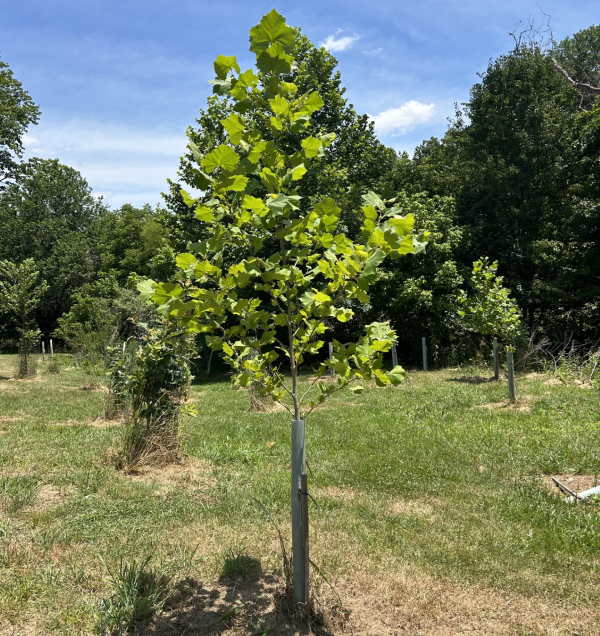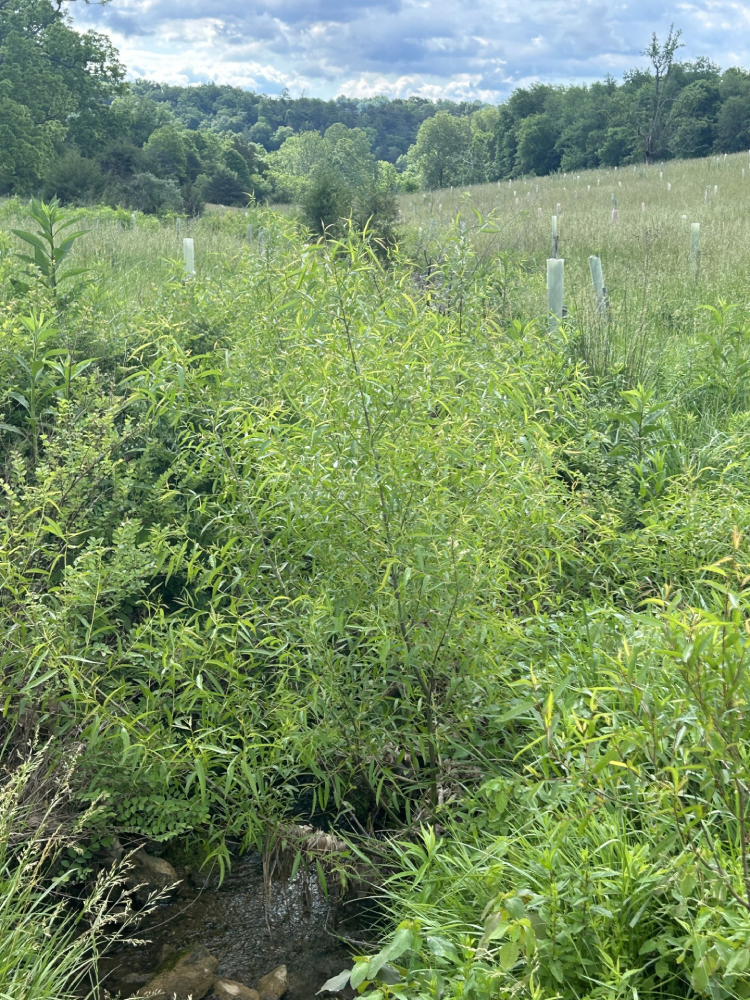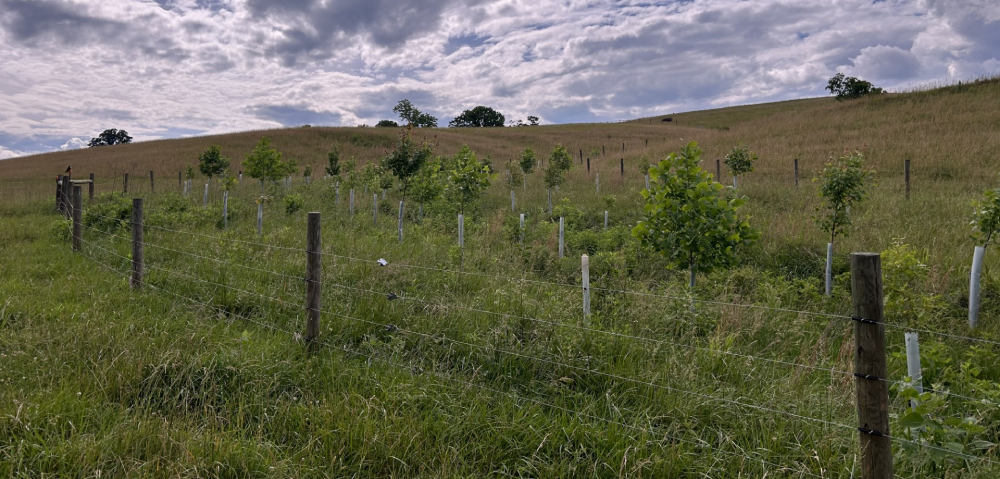This summer, Chesapeake Bay Foundation (CBF) have had a restoration intern – Cory Conger – helping to conduct buffer checks and survival rate calculations for each of our project sites in the Upper James River region. While conducting these checks, he observed the necessity of riparian buffer maintenance and establishment support, enjoyed nature, and even encountered some organisms that will call these new buffers home as they continue to grow. We wanted to give Cory a chance to share his experience this summer and how he has used his knowledge from college and put these skills to work in the field as a talented tree species and invasive species identifier. Below is Cory’s experience in the field this summer.

“Being an intern for CBF has been a great opportunity for me to get out and expand my knowledge about the things I love, while also broadening my passion and knowledge in other areas, such as agriculture. I have always been drawn toward trees and aquatic life so this internship really seemed like the perfect fit for me. I get to work outside, improve my skills of tree and invasive species identification, while improving the health of our local forests and waterways, and overall helping to improve the quality of the Chesapeake Bay. While the work at times can be daunting – fighting my way through tick infested grasses and weeds sometimes growing over my head, avoiding spider webs and groundhog holes, all while pulling weeds, writing notes and baking in the sun – I know it is all worth it once I start to see the first tree saplings starting to pop out of the tubes.
One thing this internship has instilled in me, is the importance of planting the right tree in the right place. Certain trees prefer to be in low areas very close to the water, while others will rot when planted in the same place. Some species of tree thrive in full sun in more upland areas, while others will be baked in the sun and they will not last long. The trees also do not survive well when planted in the shade of other trees and though we now know that, I have personally seen and learned from past mistakes while completing maintenance checks, and I see that the majority of trees planted under existing tree canopies are no longer alive.
I am very grateful for the time I have spent with CBF so far and I hope to continue in this line of work. It is my goal to continue working in a career where I believe in what I am doing. With CBF, I get to help recreate wildlife habitat, reduce waterway pollution, while working with farmers and landowners, helping them to achieve the goals that they have for their land. I am looking forward to the future work I will do here and to see what CBF will be able to achieve for the environment.”
As the James River Buffer Program is continuing to expand and evolve, it is so important to continue to learn from other perspectives and figure out how we can tweak buffer establishment strategies, so that our riparian forest buffers are able to be resilient in the face of natural challenges such as increases in drought seasons, excessive heat, taller vegetation, etc. Cory has brought a great new outlook on the plantings and his passion in forestry and tree species helps to assess how best to plan a buffer – place trees where they will have the best chance of growth and make sure they are planted out from existing tree canopy. The James River Buffer Program provides establishment support for each project over the first three years, which is critical to getting our riparian forest buffers started off strong.


